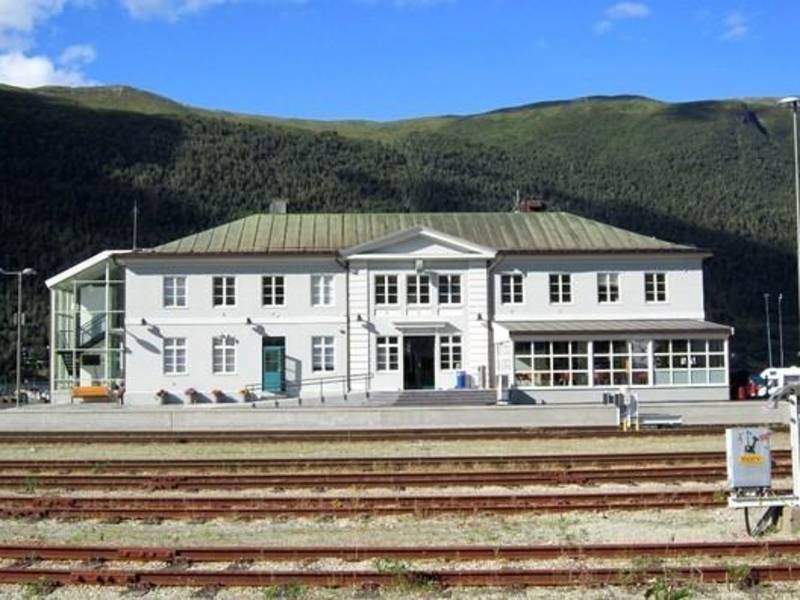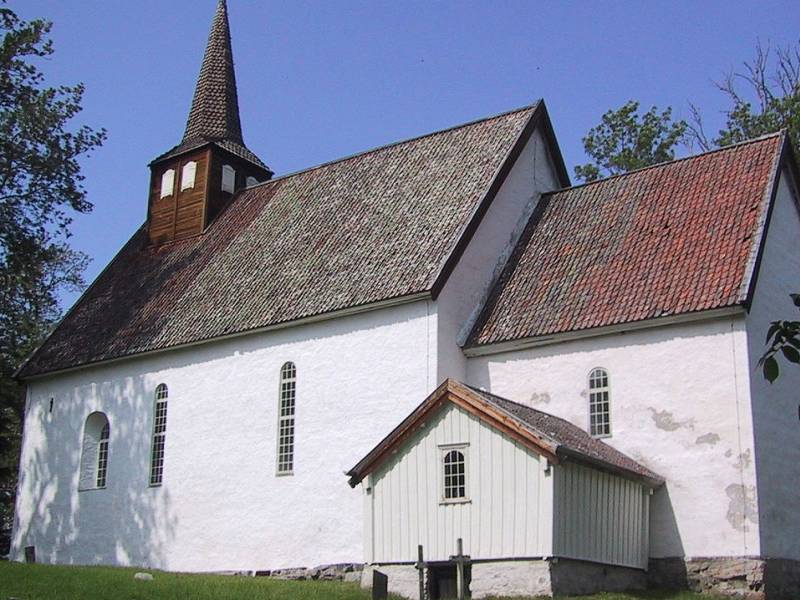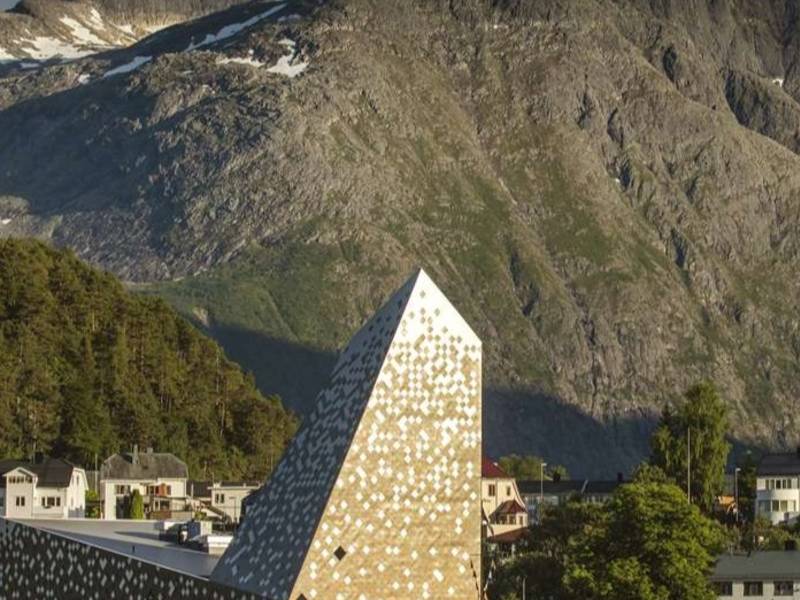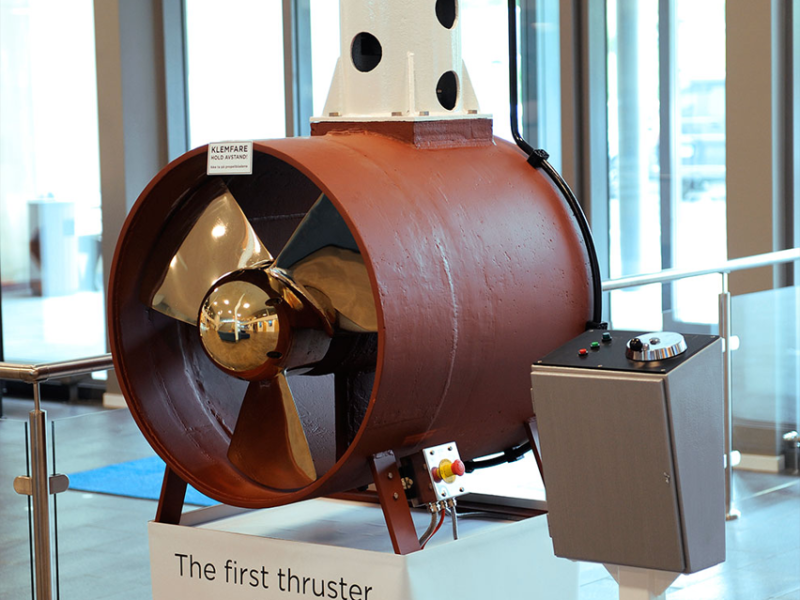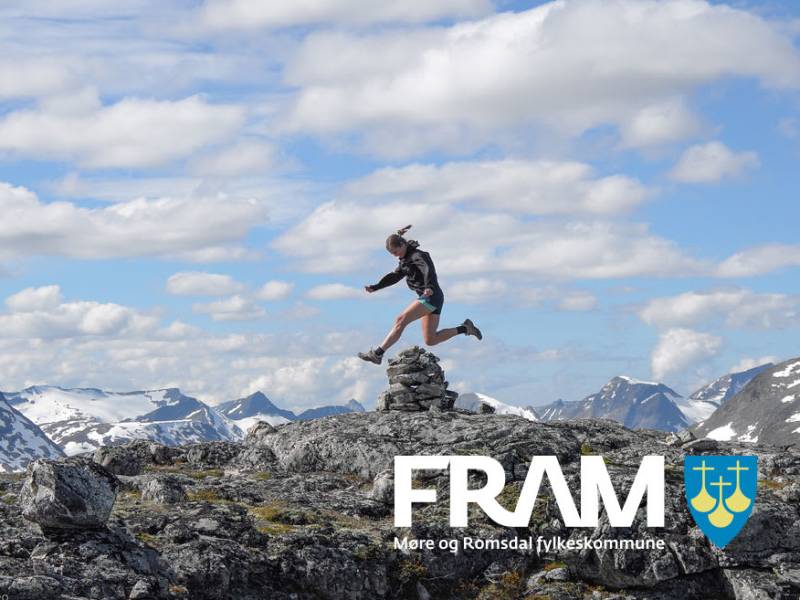
Åndalsnes - Molde (one way)
Provided by:
FRAM

This trip takes you from Åndalsnes to Molde and is a great option if you arrive at Åndalsnes by train and want to go on to Molde. Molde is famous for its view towards the “Molde Panorama”, the impressive row of mountains on the other side of the fjord. Located between sea and mountains and with a short distance from the one to the other, you can explore the fjord, the town center and the mountains behind the town in a short time. In the summer, the town lives up to its name “Town of roses”, and in July the famous Molde International Jazz Festival takes place. The bus goes via the Åfarnes – Sølsnes ferry to Molde. The bus goes on the ferry and continues to Molde. The tour price includes the ferry ticket. Departure from: Åndalsnes railway station https://fram.trekksoft.com/en_GB/activity/79647/enveistur-aandalsnes-molde
